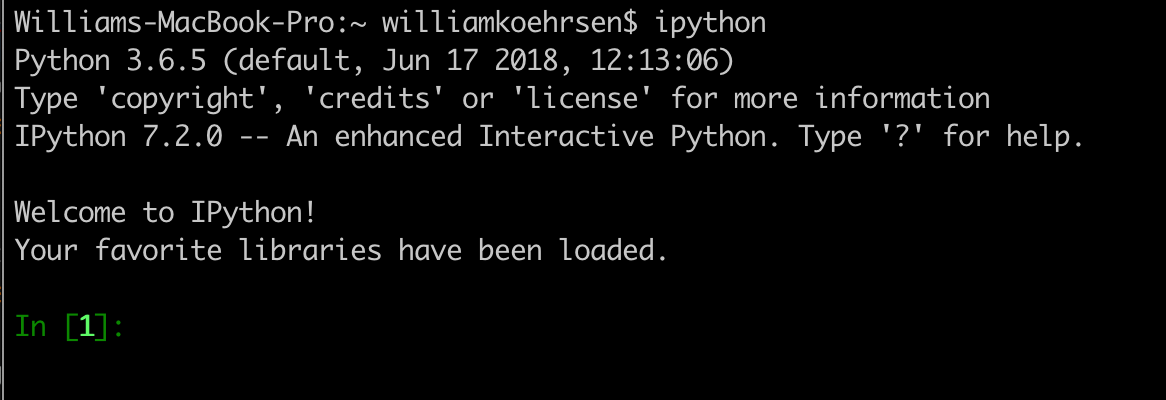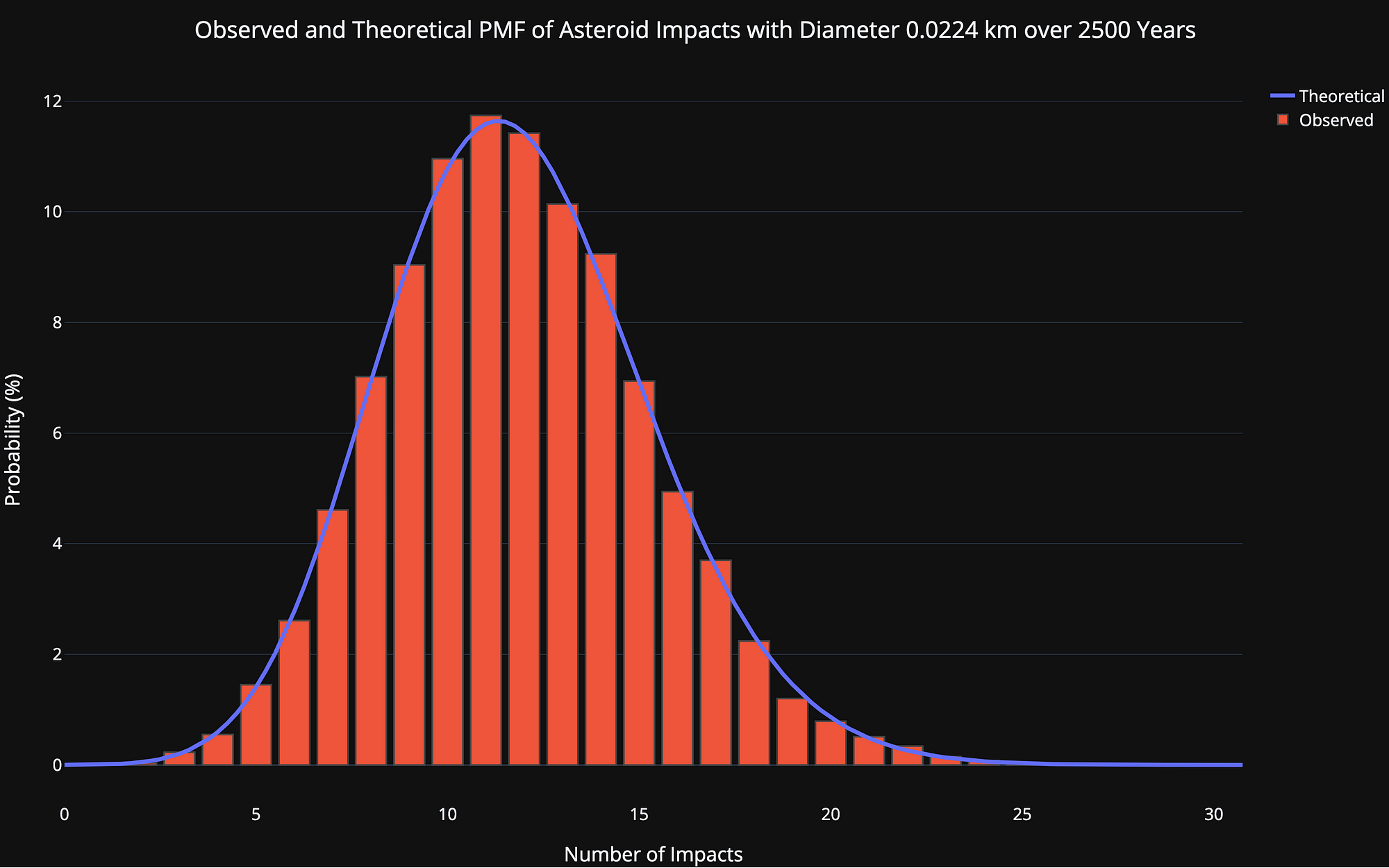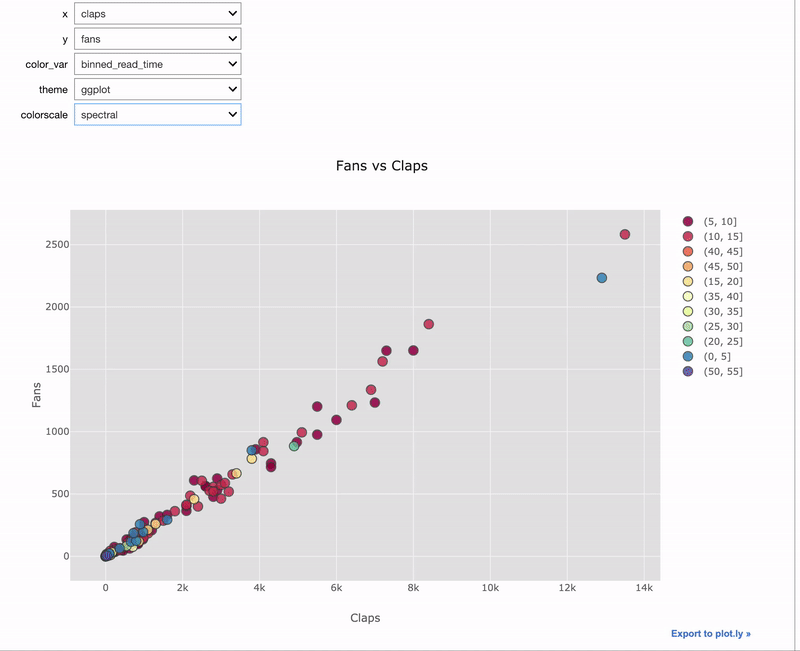Published on January 31, 2019
 School of Athens by Raphael (Source)
School of Athens by Raphael (Source)
Lessons on the life-changing power of data science writing
There ought to be a law limiting people to one use of the term “life-changing” to describe a life event. Had a life-changing cup of coffee this morning? Well, hope it was good because that’s the one use you get! If this legislation came to pass, then I would use my allotment on my decision to write about data science. This writing has led directly to 2 data science jobs, altered my career plans, moved me across the country, and ultimately made me more satisfied than when I was a miserable mechanical engineering university student.
In 2018, I made a commitment to write on data science and published at least one article per week for a total of 98 posts. It was a year of change for me: a college graduation, 4 jobs, 5 different cities, but the one constant was data science writing. As a culture, we are obsessed by streaks and convinced those who complete them must have gained profound knowledge. Unlike other infatuations, this one may make sense: to do something consistently for an extended period of time, whether that is coding, writing, or staying married, requires impressive commitment. Doing a new thing is easy because our brains crave novelty, but doing the same task over and over once the newness has worn off requires a different level of devotion. Now, to continue the grand tradition of streak completers writing about the wisdom they gained, I’ll describe the lessons learned in “The Year of Data Science Writing.”
The five takeaways from a year of weekly data science writing are:
- You can learn everything you need to know to be successful in data science without formal instruction
- Data science is driven by curiosity
- Consistency is the most critical factor for improvement in any pursuit
- Data science is empirical: instead of relying on proven best methods, you have to experiment to figure out what works
- Writing about data science — or anything —is a mutually beneficial relationship as it benefits you and the entire community
Each of the takeaways is accompanied by a graph of my Medium article stats. You can find the Jupyter Notebook here or get your own stats with this article.
 Full path of Python script is ~/.ipython/profile_default/startup/start.py
Full path of Python script is ~/.ipython/profile_default/startup/start.py


 Probability Mass Function of Number of Asteroid Impacts
Probability Mass Function of Number of Asteroid Impacts School of Athens by Raphael (
School of Athens by Raphael (
 Example of interactive widgets for data visualization
Example of interactive widgets for data visualization